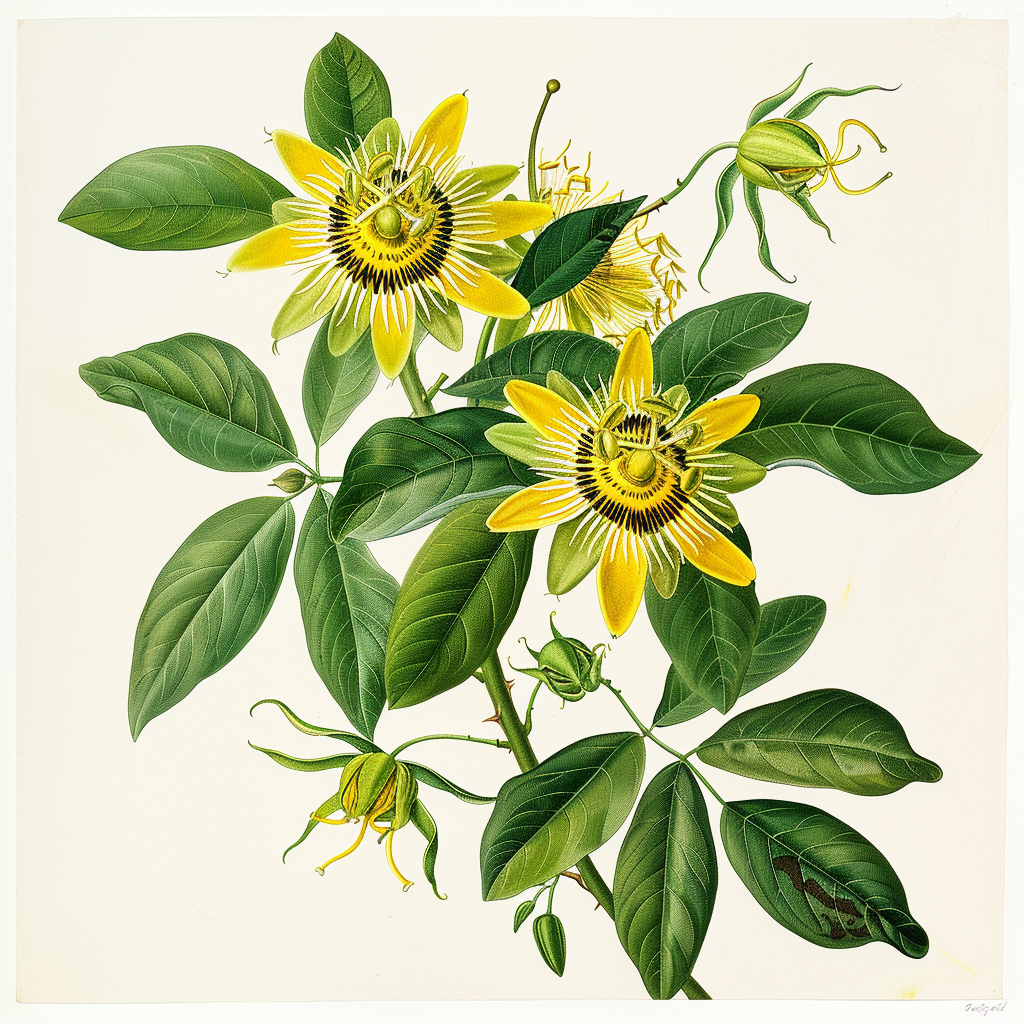
By Bryan Meador
How to Grow: Yellow Passionflower - A Guide to This Beautiful and Beneficial Plant

Yellow Passionflower (Passiflora lutea) is a stunning and unique plant that offers both beauty and a variety of uses. This blog post will delve into the fascinating world of Yellow Passionflower, providing an overview of its characteristics, history, growing conditions, and practical uses. Whether you're a seasoned gardener or just starting, this guide will help you appreciate and cultivate this remarkable plant.

About Yellow Passionflower
Yellow Passionflower, also known as Passiflora lutea, is a species of the Passiflora genus. It is a perennial vine that is native to the southeastern United States. The plant is known for its delicate, pale yellow flowers and intricate structure, making it a favorite among gardeners and plant enthusiasts.

Characteristics
- Flowers: Small, pale yellow flowers with a unique, intricate design.
- Leaves: Three-lobed leaves that are dark green and glossy.
- Vines: Can grow up to 10 feet long, with tendrils that help it climb.

History and Origin
Yellow Passionflower has a rich history and is native to the southeastern United States, particularly in states like Texas, Oklahoma, Arkansas, and Louisiana. It has been appreciated for centuries for its ornamental value and various uses.

Cultural Significance
In some cultures, Passionflower species have been used for their medicinal properties and symbolic meanings, often representing passion and resurrection due to the unique structure of their flowers.

Growing Conditions for Yellow Passionflower
Yellow Passionflower is relatively easy to grow, making it a great choice for gardeners of all levels. Here are some tips to help you cultivate this beautiful plant:
Soil
- Prefers well-drained soil.
- Thrives in both sandy and loamy soils.
Light
- Grows best in partial to full sunlight.
- Can tolerate some shade but may produce fewer flowers.
Water
- Regular watering is essential, especially during dry periods.
- Ensure the soil is moist but not waterlogged.
Temperature
- Hardy in USDA zones 6-9.
- Can tolerate mild frost but may need protection in colder climates.

Practical Uses of Yellow Passionflower
Yellow Passionflower is not just a beautiful addition to your garden; it also has several practical uses:

Ornamental Value
- Ideal for trellises, fences, and arbors.
- Adds a touch of elegance and uniqueness to any garden space.
Medicinal Properties
- Some species of Passionflower are known for their calming effects and are used in herbal teas and supplements.
- While Yellow Passionflower itself is not commonly used for medicinal purposes, it shares many characteristics with its more widely used relatives.

Fun Facts about Yellow Passionflower
- Pollinators: Attracts bees, butterflies, and other pollinators, making it a great plant for supporting local wildlife.
- Fruit: Produces small, green fruits that are not typically consumed by humans but are enjoyed by various animals.

Conclusion
Yellow Passionflower is a versatile and captivating plant that can enhance any garden with its beauty and unique characteristics. Whether you're interested in its ornamental value, its potential medicinal properties, or simply want to add a touch of nature to your space, Yellow Passionflower is a fantastic choice.
By understanding its history, growing conditions, and uses, you can successfully cultivate this remarkable plant and enjoy all that it has to offer. Happy gardening!
